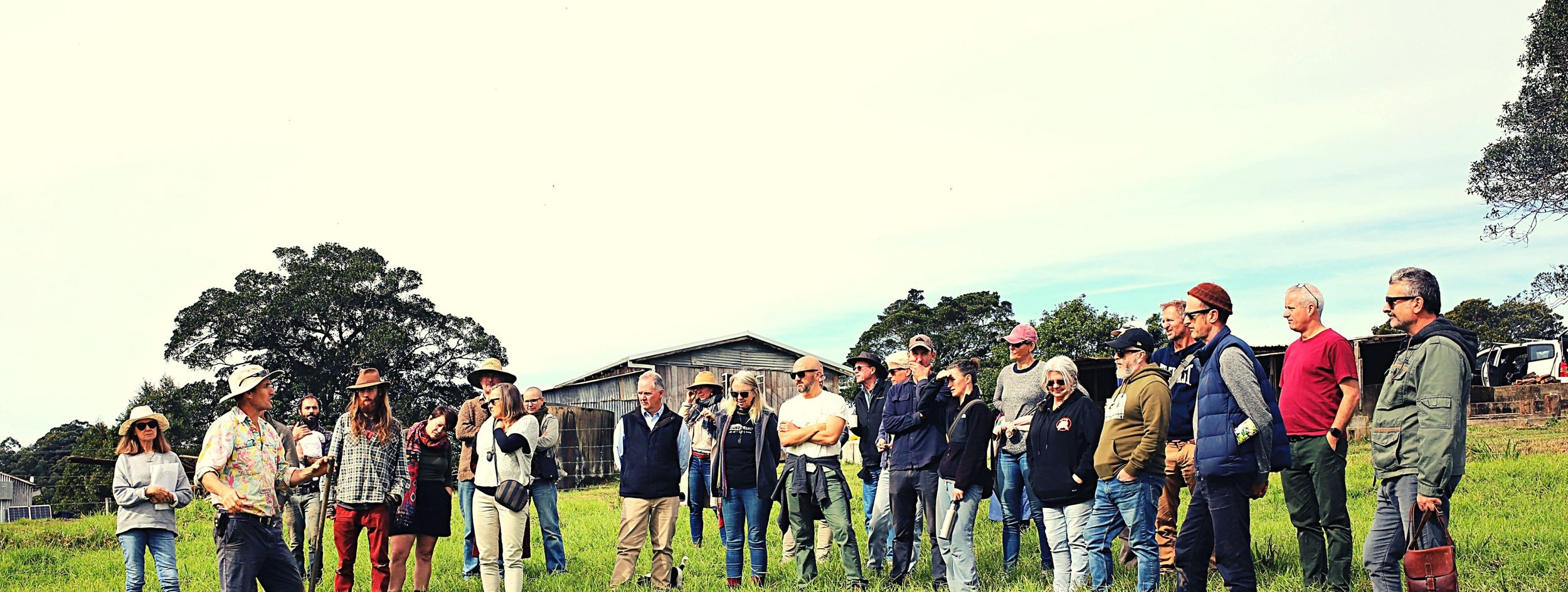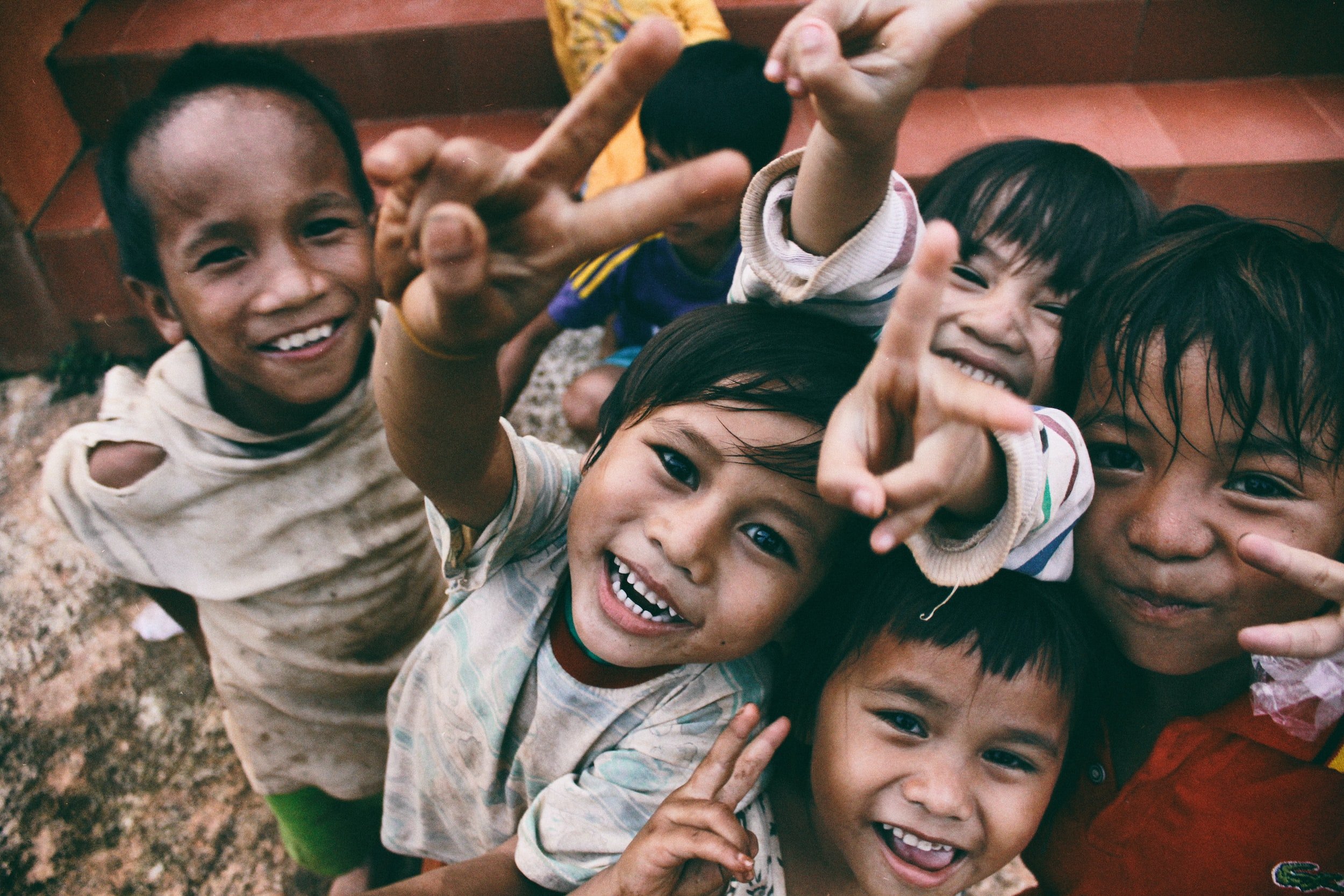
At OzGREEN, we understand that before we can achieve action, we first need to lay the foundation that fosters the conditions needed for change to occur.
To create connected, regenerative and resilient communities.
Our Mission :
Partner with Us
We partner with government, philanthropic, corporate and community organisations to create positive change in the world.


